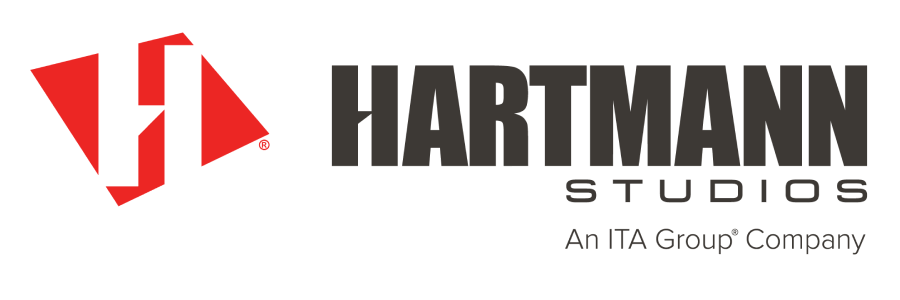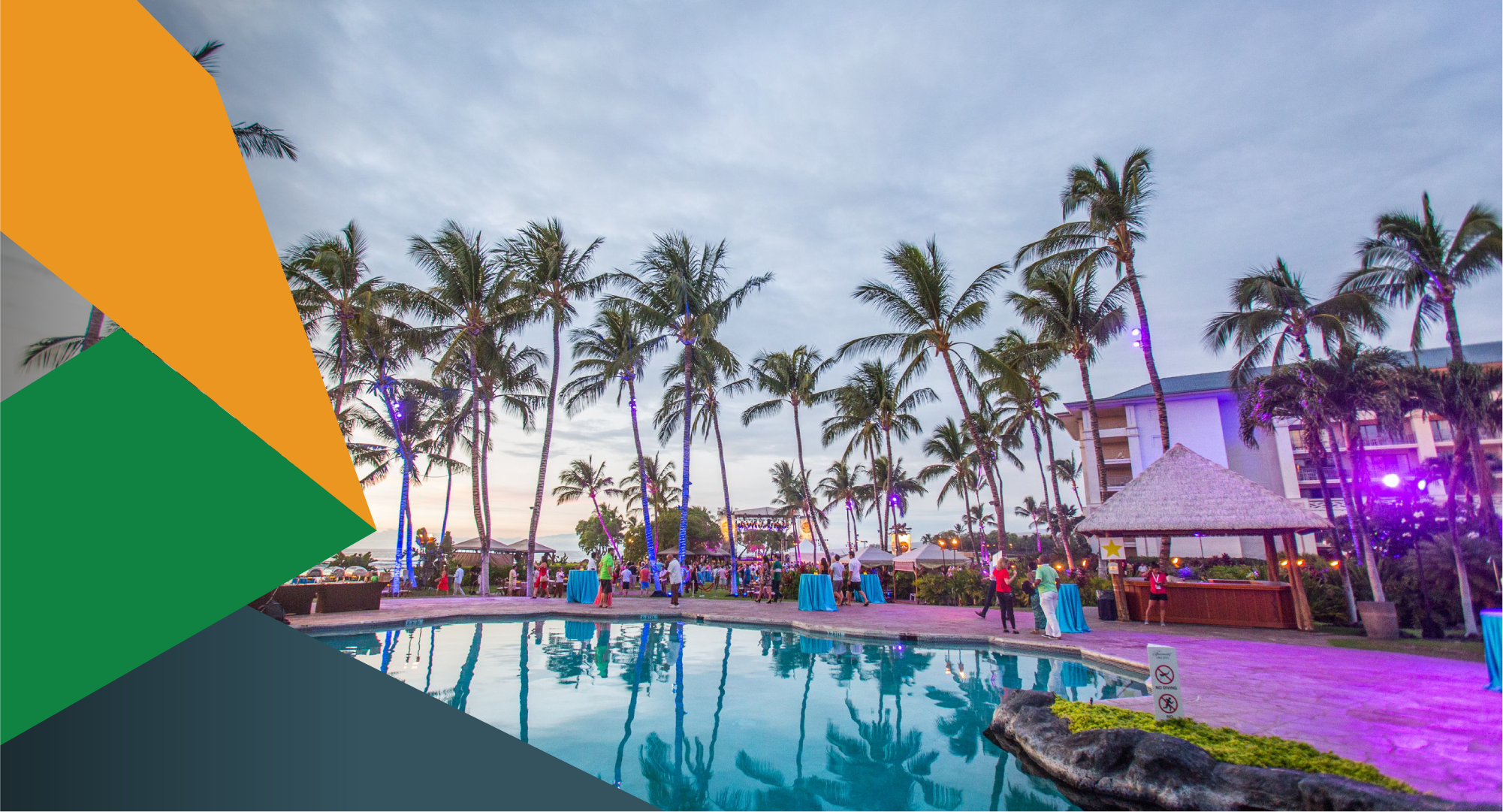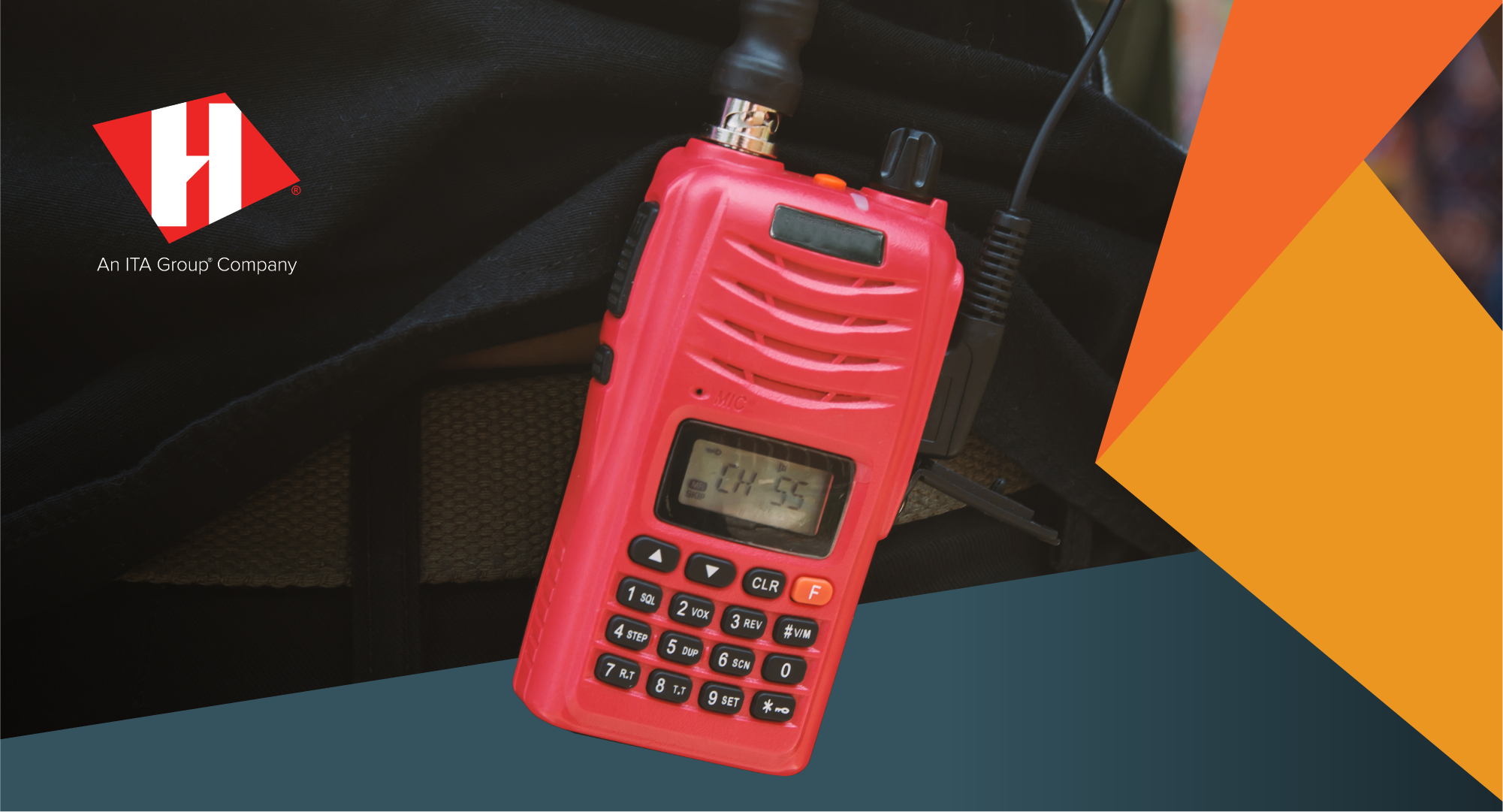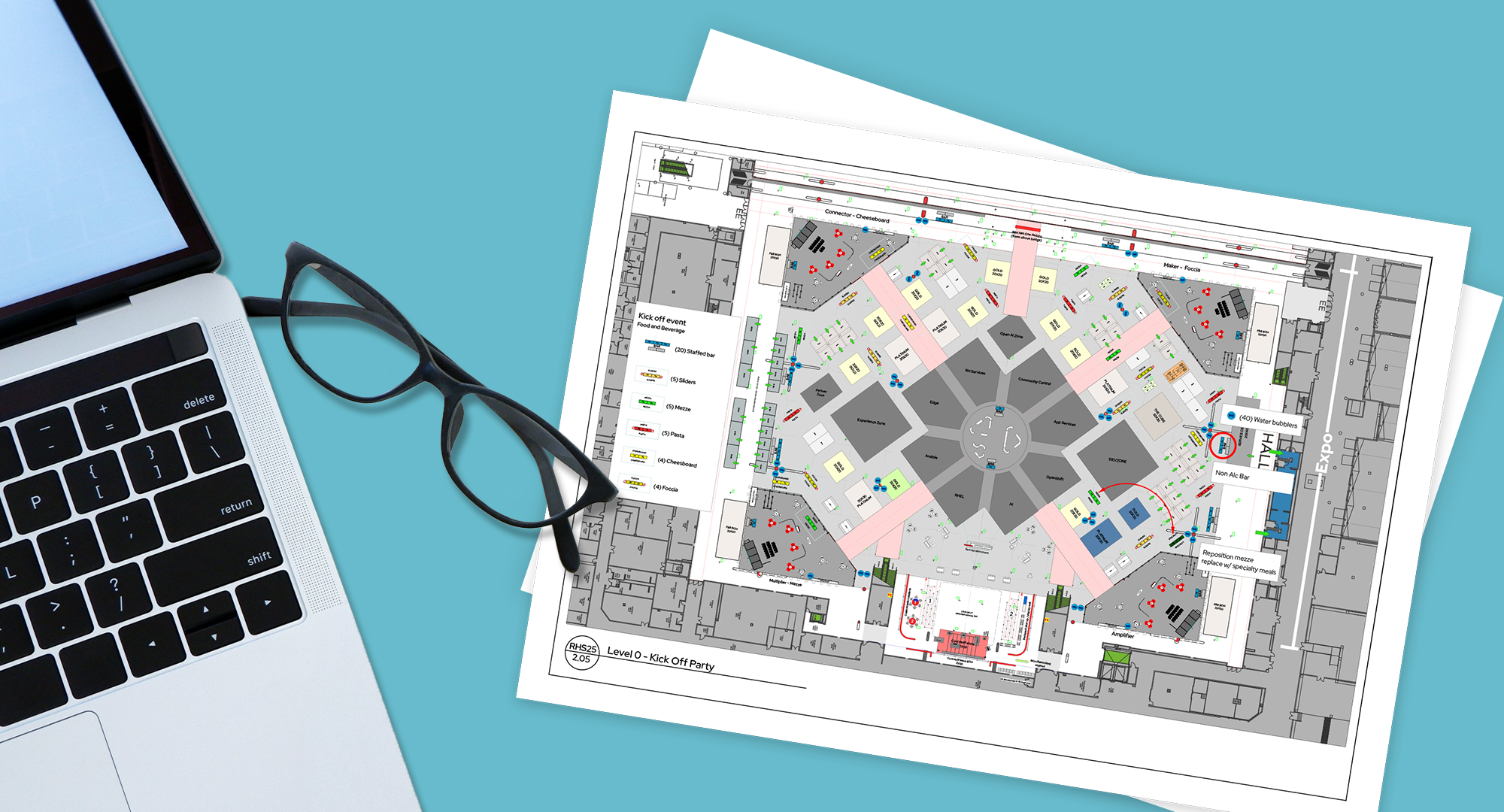Creative Data: 4 Ways To Improve The Virtual Event Audience Experience
Friday August 21, 2020
11 Min Read
Creative data. Sounds like an oxymoron right? Cue Nick Lowe’s hit Cruel To Be Kind.
There has been a lot written lately about how data can help gauge the ROI of virtual events, and for good reason. Because a virtual audience must be “connected” in order to attend, an event team can gather a great deal more information on the participants than they might at an in-person event.
So, with all this information, how can we creatives use this knowledge to improve the audience’s experience at your event, even when they are not actually at your event?
While pondering this over the last couple months—and inspired by a couple great conversations with Anna Boggs, one of our data experts who helped craft the excellent white paper linked near the end of this post—I was reminded of an in-person event I attended many years ago.
First, a trip down memory lane
It was my 25th high school reunion and, as often happens at a reunion, everyone was given a sticker name tag with their name and their yearbook photo. During the cocktail hour, it was a kick to reunite with others, joke about how we had changed and catch up on where life had taken us.
When it came time for dinner, my then high school sweetheart—now my wife of 36 years—and I found our table and were greeted with a huge bear hug from a tall, good-looking guy who apparently had been waiting for us to arrive. He introduced us to his very nice wife, helped us get seated (right next to him) and launched into a long trip down memory lane about our young lives together, when we last saw each other, including updates on my siblings and a recent trip to visit my parents in our hometown.
Sounds great right? Too bad we had absolutely no idea who the guy was.
Because he wasn’t wearing his sticker!” In fact, when I asked him why he wasn’t wearing a name tag, he replied, “Oh! I’m not going to make it that easy for people,” slyly adding, “who don’t know each other as well as we do.”
Strike one.
Fast-forward through another hour or so of him telling great stories about our youth, I finally mustered the courage to say, “I am incredibly embarrassed, but, I have no idea who you are.”
Cue the awkward pause as everyone at the table got really uncomfortable.
Strike two.
“I’m Larry. Larry Smithson!” I did know the guy.
But, we hadn’t seen each other for over 25 years, and I hardly remembered any of the time that we had spent together way back when. He was flabbergasted that I somehow didn’t share in our incredible lifelong bond of friendship.
Strike three.
Interestingly, the organizers sent a survey a week later asking if we had a good time, and how they could improve our next reunion.
And yes, there was a question about who we sat with at dinner.
No. 1 : Data is no longer a gauge of “How did we do?”

The point of that story is not that I have a less than stellar memory…what was this blog post about anyway? Oh, right.
The point was to illustrate how information can have a direct impact on an individual’s experience at an event.
Larry was having a great time, because he had all the information. I, on the other hand, was not, because I had no information.
If only I had access to relevant data before and during the event—like who the heck this guy was and why he thought we were besties—my experience may have been very different.
Or better yet, what if the organizers of the event had used data to customize my experience at this event, rather than collecting it only to make the next one better?
It’s the same when you’re creating a virtual event. Post-event surveys and data analysis are incredibly important, but the more information you have in advance and in the moment, the more likely you are to keep your audience engaged.
And, the data is not just for you, here are a few ways you can share relevant data ahead of the event, to help your audience connect with each other, and your content:
- Launch a mobile app with a networking feature, pre-populated with key data collected through registration
- Allow for audience members with shared interests to easily find each other
- Gauge interest in subject matter and scheduled activations and make modifications if necessary to improve audience engagement
- Share the general demographics of your attendee base ahead of time so they have an understanding for who they’ll be interacting with while online
- Craft a pre-event survey to crowdsource relevant questions and ideas you can address during the event
- Provide statistics (and sources) that give your audience the opportunity to do their “homework,” and be better informed before tuning in
No. 2: Agenda building and delivering short bursts of information
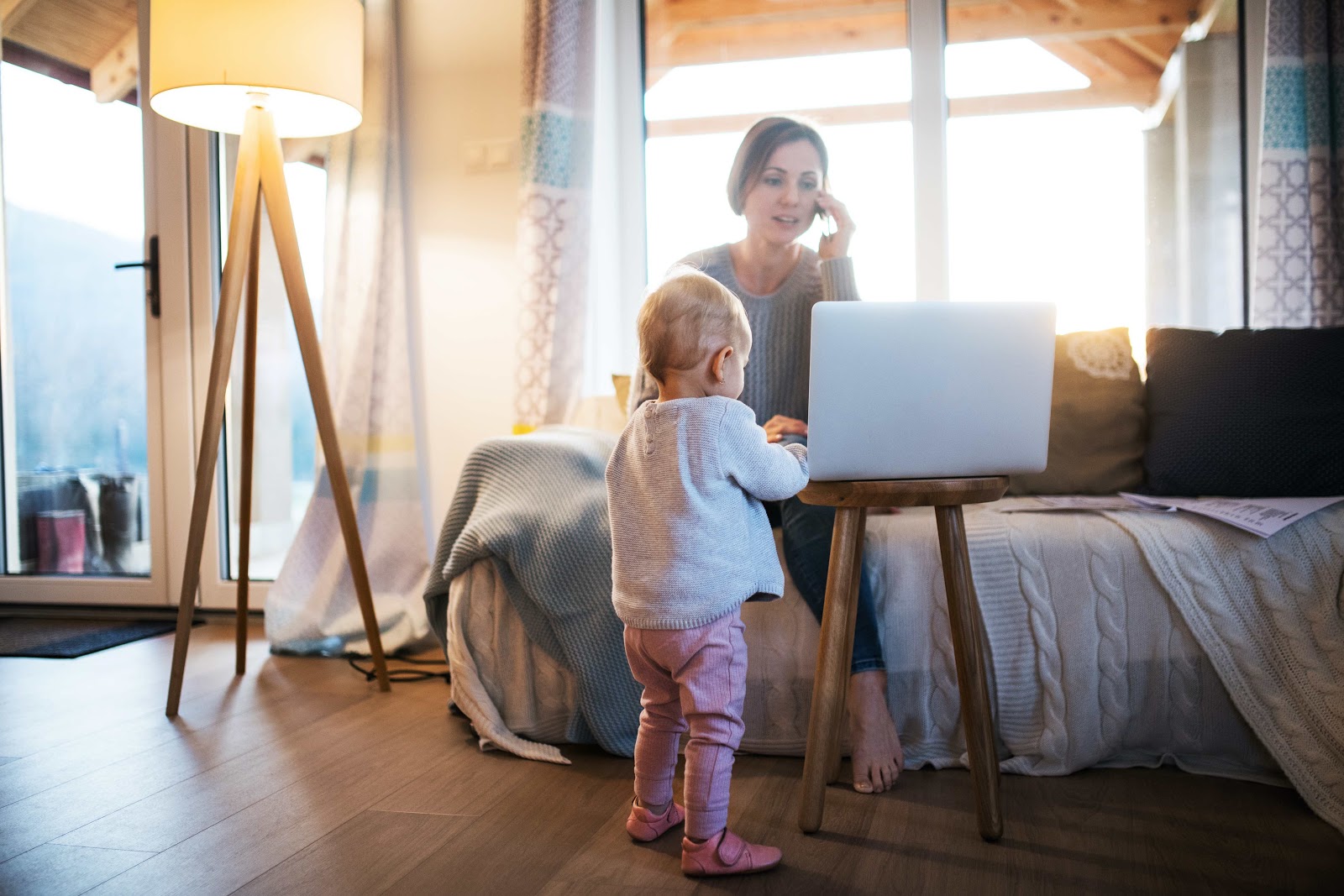
One of the great benefits of an in-person event is that you have a captive audience over a finite period of time. With a virtual event, this couldn’t be further from the truth.
Understanding data about your audience’s lives must be a driving force behind designing your event agenda. Time zones, internet connectivity, family responsibilities, meal breaks, the latest Netflix release…your virtual event is competing with all of this and more.
At Hartmann Studios, we approach agenda-building for virtual events in a unique way.
“Total time” is something we’re working into our planning processes. The idea is that you deliver short bursts of compelling content, then give the audience time to internalize—or act as a group—on the information while away from a screen, before delivering the next burst of messaging.
The amount of time an attendee spends in front of a device is no longer the key indicator of their engagement. A carefully crafted interactive virtual event can include audience engagement even when they are not connected online.
Does this mean that a 3-day live event might be spread over 10 days with a few hours of targeted video programming? In some cases, yes. In fact, we’re working with a client on this exact scenario right now.
Careful analysis of event objectives will drive the amount of time for your event’s agenda and how these bursts of content are delivered. In the virtual world, an audience can lose interest a lot sooner than a live audience.
So, whatever time they spend “at” the event has to be engaging—and coming back—must be a must! But, what is the audience doing with the information in the meantime?
Putting your messaging into practice while away from the event is now something that deserves even more serious consideration, and data collection and analysis can help gauge if your audience is acting on your message.
We share some creative ideas in the next section for staying engaged with your audience while they are away from their screen.
Where should you look to monitor event engagement among your audience in real-time?
- Twitter hashtags
- Instagram feeds
- Chat activity in online forums
Paying attention to social activity outside of what you directly control as an event producer can provide information on how deeply the messages are connecting with your participants.
No. 3: Develop creative with data in mind
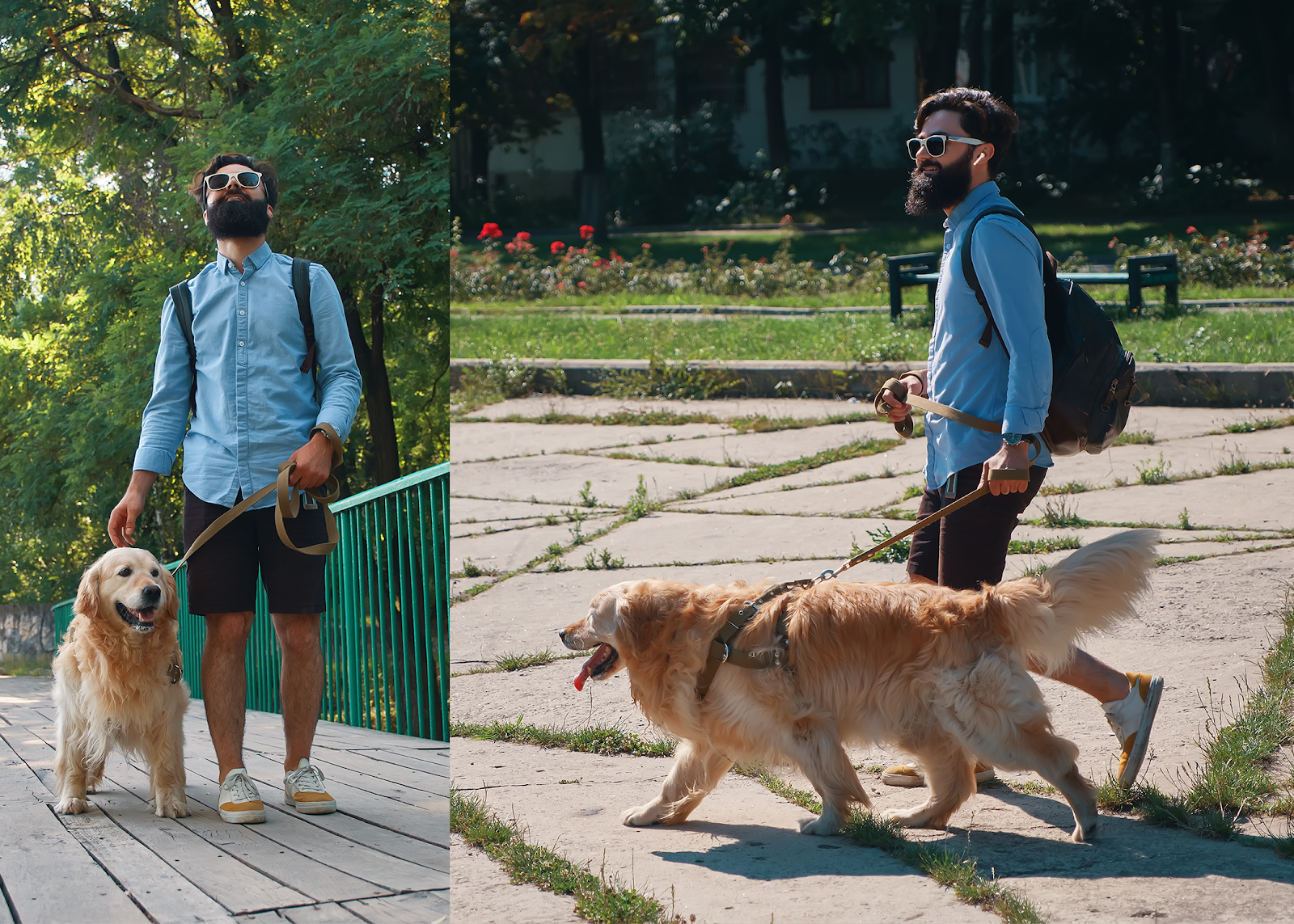
Creative and data are now a two-way street. Where data used to mostly influence creative ideas, today, we’re developing creative ideas that generate useful data.
We’re currently working with a client that got us thinking about an audience with a high number of millennial attendees, living in big cities, in high-rise apartments.
We know that internet speeds can be a challenge during busier times of the day in these buildings, so we considered several factors when ideating on how to best deliver certain content—specifically with time of day in mind. For a portion of the experience, we landed on delivering content as a podcast which also provided a great reason for the attendee to get outside and take a socially distanced walk.
The content is crafted in the form of a “city tour” with the listener looking for visual cues to associate with a messaging point. This form of learning through visualization was perfect for the client’s subject matter with the added benefit of the audience being reminded of the point every time they returned to that location.
The data angle? Push notifications to that audience, in the form of “a recipe for a great city walk” would allow us to learn more about these specific attendees as they consumed the content.
- Which notifications got the most reads?
- What times of day were they read?
Live polling could be used to gather immediate input on the walk experience. Give your attendees a place to share photos and insights with their fellow attendees and keep the discussion going during the hours that your event is offline.
Use this information in real-time to launch more plans for keeping your audience engaged.
For example, a few days later, a care package might arrive with healthy dog treats for those that responded to a live poll that they had canine companions. A nice incentive for the pet owner and a few more valuable data points for our client.
This new way of looking at the timing of a virtual event and how we gauge and measure participant mind-share is finding its way into some unlikely areas. Other possibilities for engagement that don’t necessarily require 100% screen time to be effective:
- Food and beverage: Share a great microwave latte recipe.
- Physical fitness: Inspire the audience to take care of themselves before coming back to dig deep into the “tough stuff.”
- Team building: How can you apply the cumulative brain power of your group in similar ways to a community clean-up or build project?
- Networking: Some said online dating would never catch on. Networking is next!
No. 4: Enter the Exit Poll
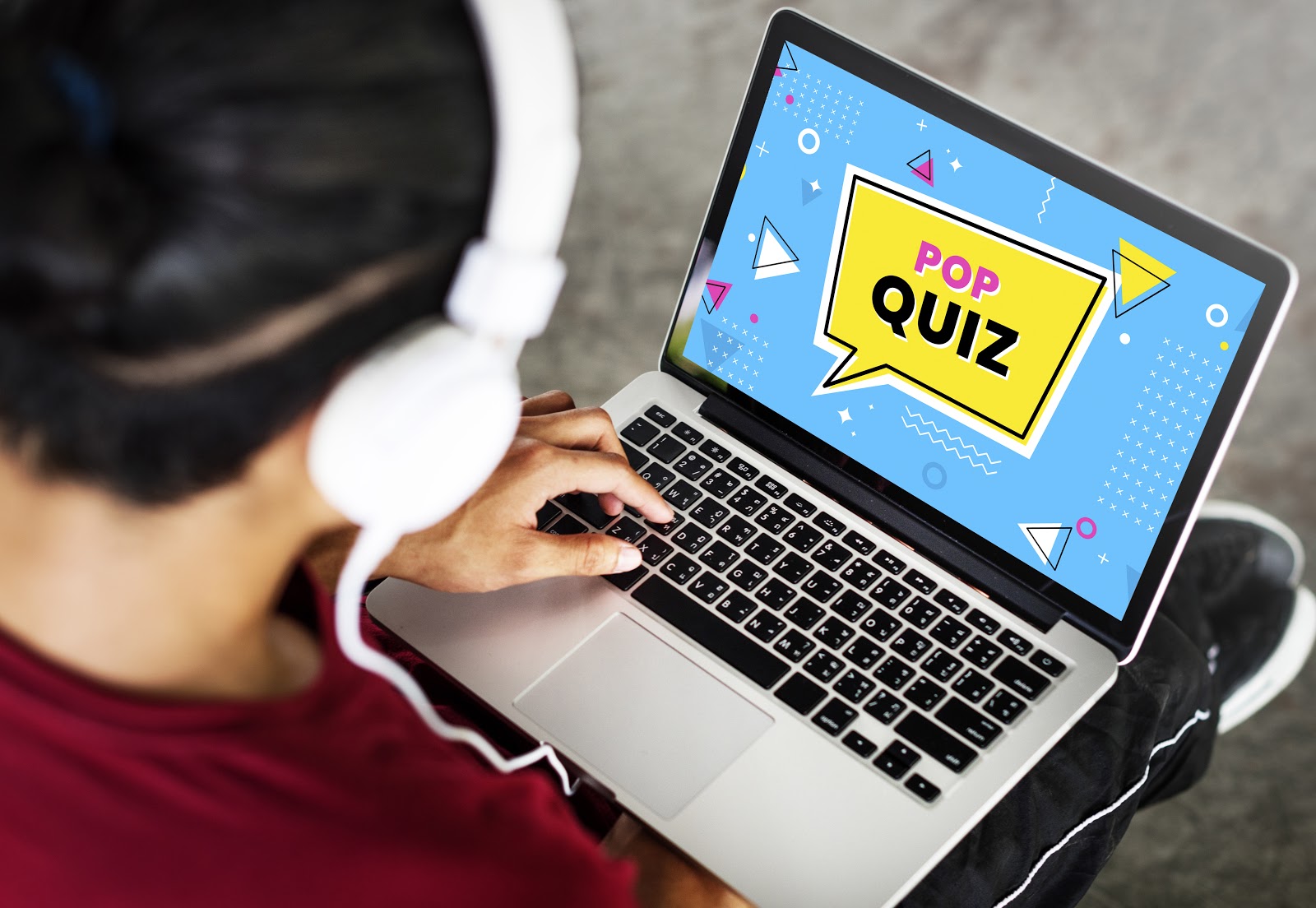
Polling and surveys have also found new life in the virtual world. We can now customize the ways we query an audience with all sorts of creative and fun packaging.
Gamification is front and center here, with ways to combine live streaming with competitions that come across like broadcast programming. The winners get prizes, and we get valuable data, because the answers to questions are directly connected to the event messaging and objectives.
Here’s one idea for how to put this idea into practice:
- Create a “pop quiz” app game (remember HQ?) where your users win fun prizes if they answer all questions correctly. The quizzes should be heavily promoted with a countdown to game time and plenty of suggestions (attend sessions/stay engaged) on how to perform at your best. Engaging video hosts and action-packed graphics get the competitive juices flowing and further help drive home topics when wrapped in the excitement.
- Add a live chat function for users to share their thoughts in a scrolling ticker feed which makes this even more immediate and personal.
How much the audience is retaining information is not the only data we can gather here. New ideas, first impressions, and other subjective input comes through in these new formats.
The final analysis
Our changed world has shown the way for information to play a more prominent role in our creative process. Real-time data has re-defined ROI. It is no longer just a way to determine if an expense was “worth it.” We can now make deeply informed decisions before an event, but the real news here is that we can use facts to make good ideas great—in real time—while a virtual event is happening.
For some great insight on how event organizers can measure the success of a virtual event, check out this insightful white paper, Measuring Virtual Event Success, from our partners at ITA Group.
If you’re considering planning a virtual event, we’d love to talk with you about partnering. Contact Us
Read more stories
View AllAll Posts
How Event Strategy Enhances Incentive Travel Experiences
What you need to know When top performers achieve career heights, they’re looking for more than spectacular views. Earning a corporate incentive trip signals entry into an elite circle. Especially when organizations merge luxury settings with high-impact events that participants could never coordinate on their own. Appealing to competitive personalities requires activations that go beyond...
4 Min Read
All Posts
How to Develop a Security Plan for Corporate Events
What you need to know Before attendees fully engage in an event experience, they must feel safe. That’s why security planning is foundational for successful live events, at any scale. From hosting a group of executives for an intimate dinner to a city-wide celebration in the streets: behind every seamless experience is a well-designed safety...
5 Min Read
All Posts
9 Ways Space Planning Informs Event Strategy
Space planning is the first step in developing an event’s environmental design. Whether the event is in a convention center, at a cultural venue or courses through city streets, understanding all the unique features and constraints of a space puts effective event planning in motion. For creative event strategists, space planning is much more than...
4 Min Read
